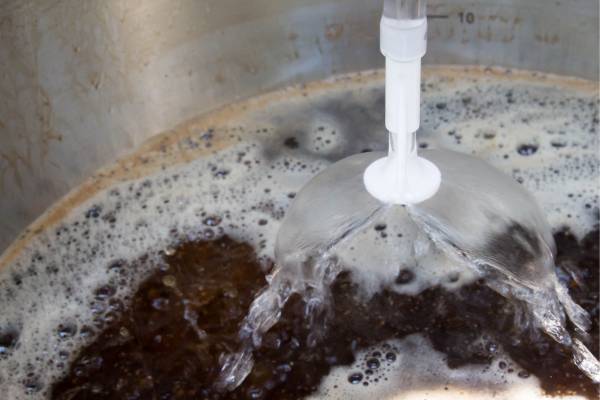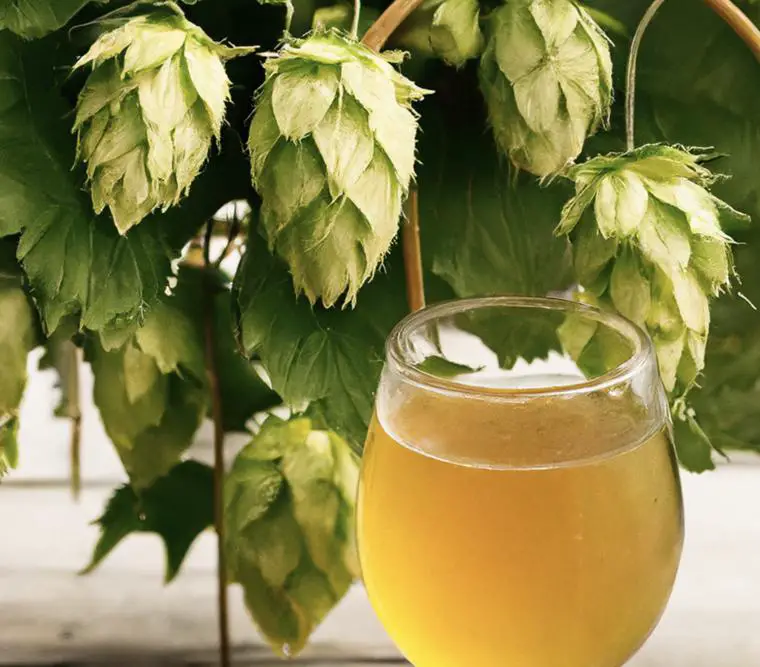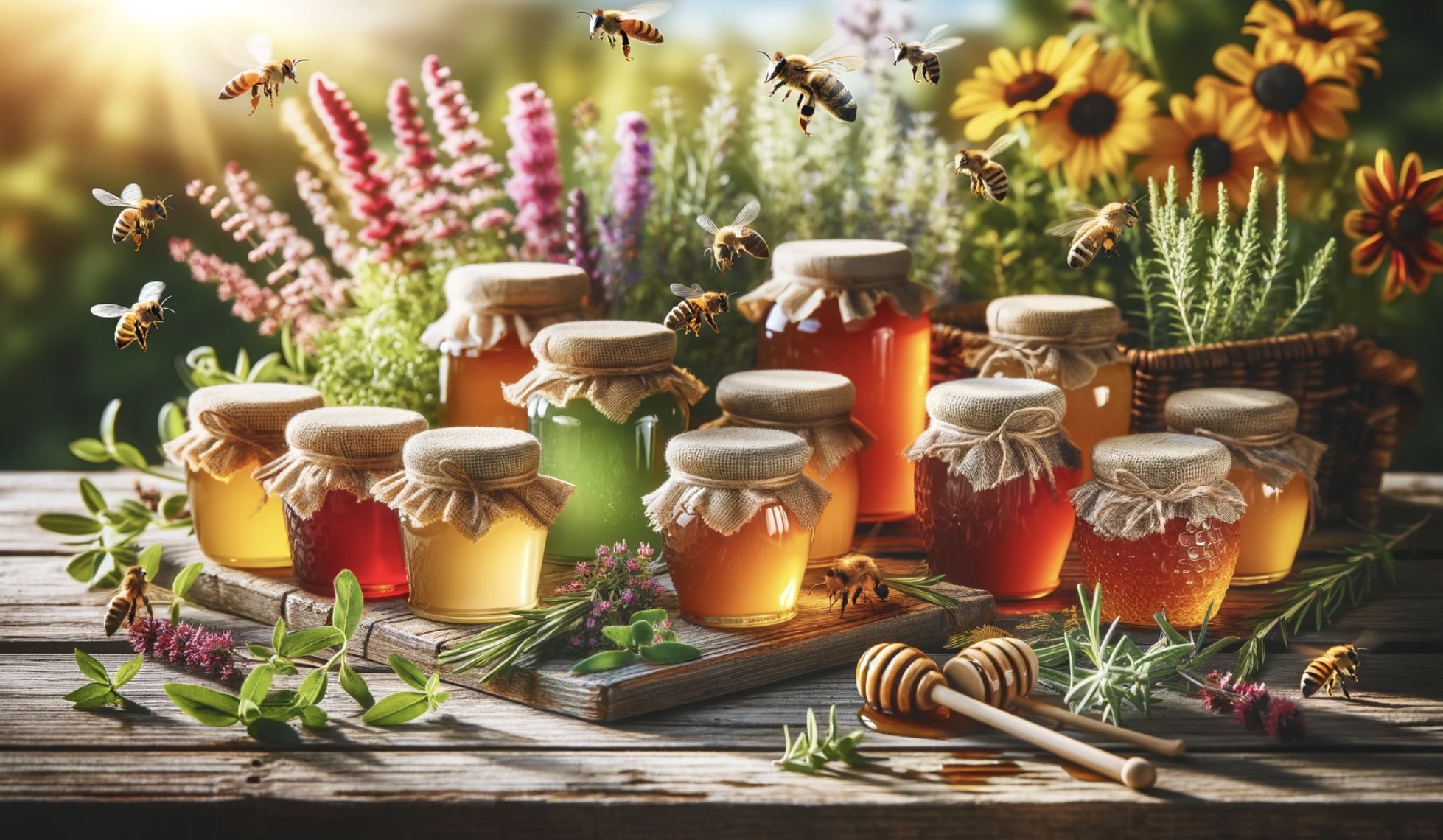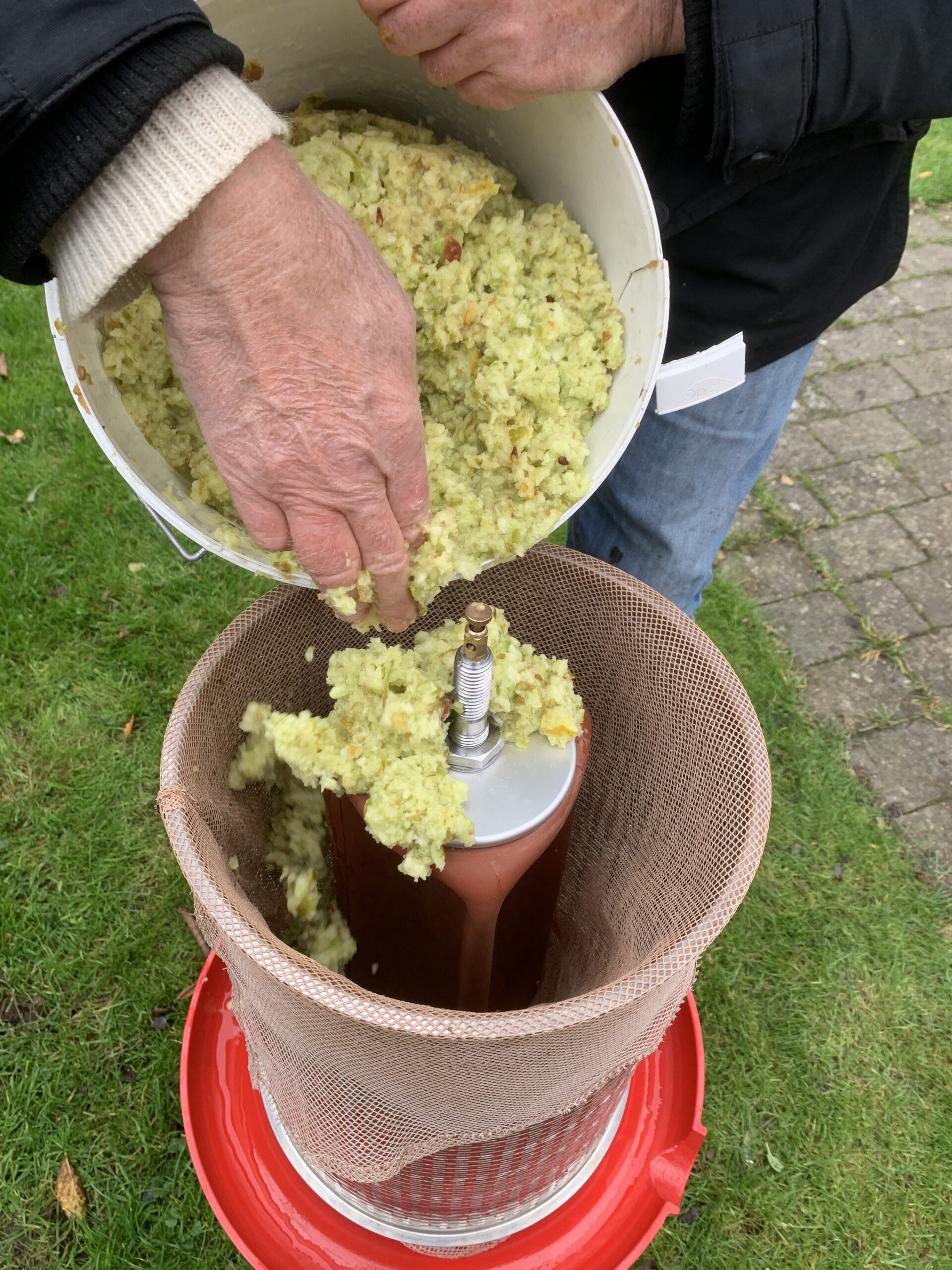One of the most common off-flavors in beer is the presence of tannins. Tannins are naturally occurring compounds found in many plants, including hops and grains used in brewing.
They have a distinct astringent, mouth-drying taste that can be perceived as a flaw in beer.
So, how can you avoid tannins in beer? The key to avoiding tannins in beer is understanding what causes them and implementing best practices in your brewing process to minimize their formation or extraction.
In this post, we will explore various aspects of tannins, their impact on beer, and how to avoid them in your brewing process.
Tannins in Beer – what you need to know!
Tannins are naturally occurring compounds found in various sources such as tree bark, leaves, grains, hops, and fruits. They have been used for centuries as organic preservatives and are known for their ability to bind proteins.

In beer, tannins play a role in promoting the precipitation of trub during the brewing process. The amount of tannin in beer is typically around 120 to 350 mg/l, with barley husks and hops being the primary sources.
Excessive tannin concentration can result in astringency, causing a dry and leathery sensation in the mouth. Tannins can also contribute to haziness in finished beer, particularly if the proteins in the grain were not properly modified or degraded.
Dry hopping and the use of herbs and spices can introduce tannins and increase the likelihood of haze formation. Brewers may utilize tannins to stabilize beer against haze by adding them to the boiling wort, which helps precipitate unwanted proteins.
Alternatively, the addition of polyvinylpolypyrrolidone (PVPP) in combination with beer filtration can remove tannins, although this method may not conform to certain beer purity laws.
Brewing Water: A Crucial Factor
The quality of your brewing water can have a significant impact on the extraction and taste of tannins in beer.
Hard water, which is high in minerals like calcium and magnesium, can promote the extraction of tannins from grains and hops during the brewing process.
To minimize this risk, consider using soft water or adjusting your water’s mineral content with the help of water treatment products.
Monitoring pH Levels
The pH level of your mash and sparge water plays a crucial role in the extraction of tannins. A higher pH (above 6) can lead to increased tannin extraction, while a lower pH (below 5.2) can help keep tannin levels in check.
Be sure to measure and adjust the pH of your mash and sparge water to maintain the optimal range, helping to minimize tannin extraction.
Grain Handling: Crush and Mash
Tannins are mostly found in the outer husks of grains. To minimize their extraction, it’s essential to properly crush your grains, avoiding over-crushing or pulverizing them. Using a quality grain mill and adjusting the gap between the rollers can help achieve the right crush consistency.
During the mashing process, avoid using excessive temperatures (above 170°F/77°C) as this can lead to increased tannin extraction. Maintain a stable mash temperature within the recommended range for your chosen style of beer.
Sparge Temperature and Time
The sparging process can also contribute to tannin extraction if not done correctly. Make sure to maintain a sparge temperature of 170°F/77°C or below to minimize tannin extraction.

Additionally, don’t rush the sparging process; a slow, gentle sparge will help prevent tannin extraction.
Boiling and Hopping
During the boiling process, the wort’s pH can increase, promoting tannin extraction from hops. To counteract this, add calcium salts like gypsum or calcium chloride to the boil, which can help maintain a stable pH and limit tannin extraction from hops.

Be mindful of the hop variety you choose, as some hops can contribute more tannins than others. Opt for hops with lower cohumulone and polyphenol content to minimize the risk of tannin extraction.
Fermentation: Yeast Selection and Temperature Control
The yeast strain you choose can also have an impact on tannin content in your beer. Some yeast strains are more prone to breaking down polyphenols, which can lead to increased tannin levels in the finished beer. Choose a yeast strain with low polyphenol-reducing capacity to minimize this risk.
Temperature control during fermentation is also crucial, as higher temperatures can promote the production of unwanted compounds, including tannins. Maintain a stable fermentation temperature within the recommended range for your chosen yeast strain.
Aging and Conditioning
Tannin levels can decrease during the aging and conditioning process as they precipitate out of the beer and form sediment. Allowing your beer to age and condition for an appropriate amount of time can help reduce the perception of tannins in the finished product. However, be aware that extended aging can also lead to oxidation, which can negatively impact the beer’s flavor and aroma.
Conclusion
Avoiding tannins in beer is achievable through a combination of proper brewing techniques and ingredient choices. By implementing the best practices discussed in this post, you can significantly reduce the risk of tannin-related off-flavors in your homebrewed beer. To summarize, here are 10 key points to remember when aiming to avoid tannins in beer:
1. Use soft brewing water or adjust your water’s mineral content.
2. Monitor and adjust the pH of your mash and sparge water.
3. Properly crush your grains to avoid over-crushing.
4. Maintain a stable mash temperature within the recommended range.
5. Keep your sparge temperature at 170°F/77°C or below.
6. Perform a slow, gentle sparge.
7. Add calcium salts to the boil to maintain a stable pH.
8. Choose hops with lower cohumulone and polyphenol content.
9. Select a yeast strain with low polyphenol-reducing capacity.
10. Age and condition your beer appropriately while avoiding oxidation.
FAQs
What alcohol does not have tannins?
Vodka is an alcohol that typically does not contain any tannins at all. Liquor that has been stored in wooden casks typically have the most tannins.
What beer has less tannins?
Beers that are lighter in color and style generally have lower levels of tannins. Pale ales, lagers, and pilsners tend to have less tannin content compared to darker beers such as stouts and porters.
Are there tannins in IPA?
Yes, there can be tannins present in IPA (India Pale Ale). Tannins are naturally occurring compounds found in various plant sources, including hops, which are a key ingredient in brewing IPAs. The tannins contribute to the beer’s flavor and mouthfeel, providing a slight astringency and bitterness.
What alcohol has low tannin?
Vodka is an alcohol that typically has low tannin content.
How do you reduce tannins in beer?
To reduce tannins in beer, there are a few techniques brewers can employ. One method is to carefully control the pH levels during the brewing process, as tannin extraction is more likely to occur at higher pH levels.
Additionally, adjusting the mash temperature can help minimize tannin extraction. Lower mash temperatures reduce the likelihood of extracting excessive tannins from the grain. Lastly, using quality malt and ensuring proper lautering and sparging techniques can also contribute to reducing tannin levels in beer.
Is beer high in tannins?
Beer is generally not high in tannins. Tannins are compounds found in certain foods and beverages, such as red wine and tea. While beer does contain some tannins from the malted grains used in the brewing process, their levels are typically low compared to other beverages.




